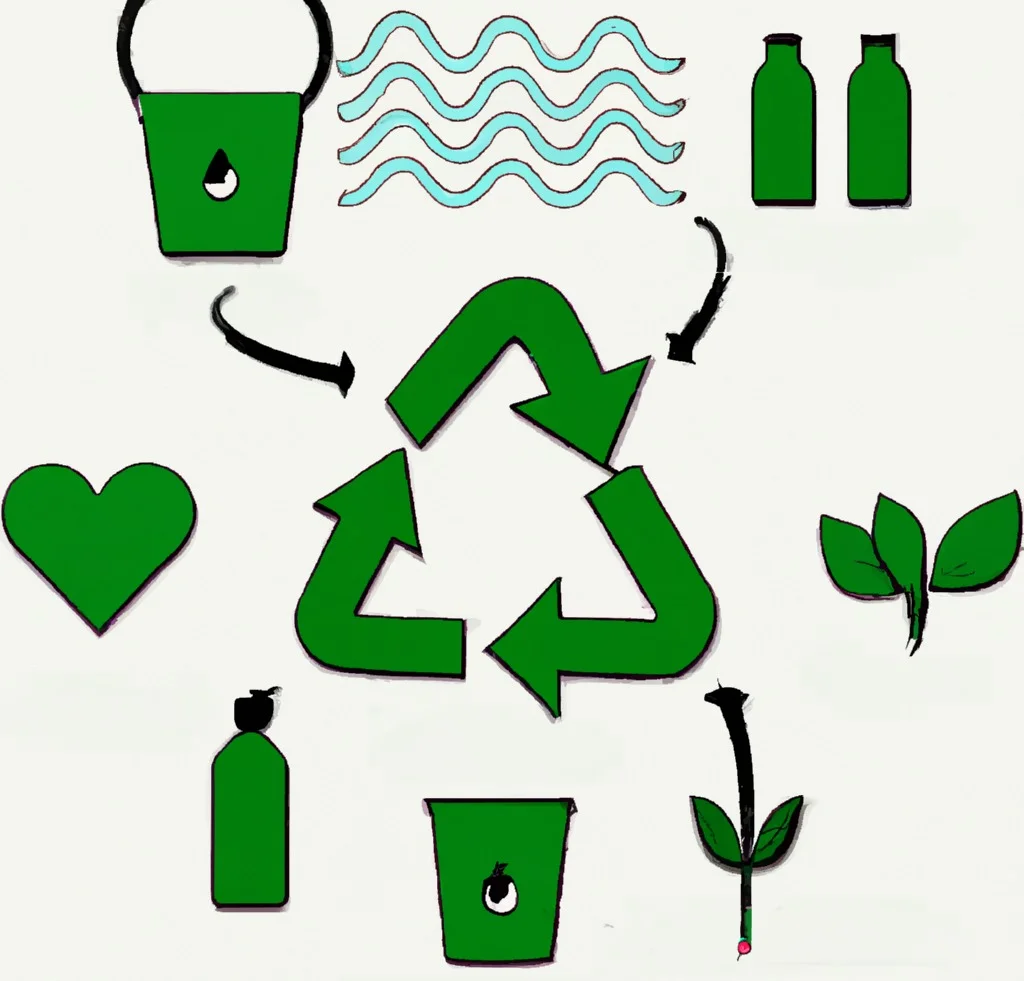It can be difficult for consumers to determine sustainable dining options because there is often a lack of transparency in the restaurant industry. Many restaurants do not clearly label their food sources or ingredients, making it difficult for consumers to know where their food is coming from and how it was produced. This lack of information makes it challenging for consumers to make informed decisions about their food choices.
Additionally, there are often conflicting reports and claims about what is considered sustainable. For example, some sources may argue that vegetarian or vegan diets are the most sustainable, while others may claim that responsible meat production can also be environmentally friendly. Without clear and consistent information, it can be difficult for consumers to know which options are truly sustainable.
Furthermore, consumers often face time and convenience constraints when dining out, which can make it difficult to prioritize sustainability. They may be more likely to choose a restaurant based on location, price, or cuisine rather than its sustainability practices. This can make it challenging for consumers to make sustainable dining choices, especially if they do not have the time or resources to research and compare different options. In this article, we’ll explore some tips and tricks for identifying sustainable dining options, so you can make informed choices about where to eat.
Look for restaurants that use eco-friendly disposable products: Many restaurants are now using disposable products that are made from sustainable materials, such as bamboo, sugarcane, or recycled paper. These products are often biodegradable or compostable, which means they can break down more easily in the environment. Look for restaurants that use these types of products to reduce waste.
Choose restaurants that source locally and sustainably: Look for restaurants that source their ingredients locally and sustainably. Local food tends to be fresher and has a lower carbon footprint, as it doesn’t have to travel as far. Sustainably grown food is produced using methods that are environmentally friendly, such as using fewer pesticides and fertilizers.
Consider the type of food being served: Some types of food have a larger environmental impact than others. For example, meat production is a significant contributor to greenhouse gas emissions, water pollution, and deforestation. Consider choosing restaurants that offer plant-based or vegetarian options, or those that serve sustainably raised meats.
Look for restaurants that are participating in sustainability initiatives: Many restaurants are now participating in initiatives to reduce their environmental impact. Look for restaurants that are members of organizations like the Green Restaurant Association or that have received certifications for their sustainability efforts.
Ask restaurants about their sustainability practices: If you’re unsure about a restaurant’s sustainability practices, don’t be afraid to ask. Many restaurants are happy to share information about their sourcing and waste reduction efforts.
In conclusion, it can be challenging for consumers to identify sustainable dining options due to a lack of transparency in the restaurant industry and conflicting information about what is considered sustainable. However, by looking for restaurants that use eco-friendly disposable products, source locally and sustainably, offer plant-based or vegetarian options, and participate in sustainability initiatives, consumers can make informed choices about where to eat. Additionally, asking restaurants directly about their sustainability practices can also be helpful in finding sustainable dining options. By making an effort to choose sustainable dining options, consumers can play a role in supporting environmentally friendly practices in the restaurant industry and helping to protect the planet.








